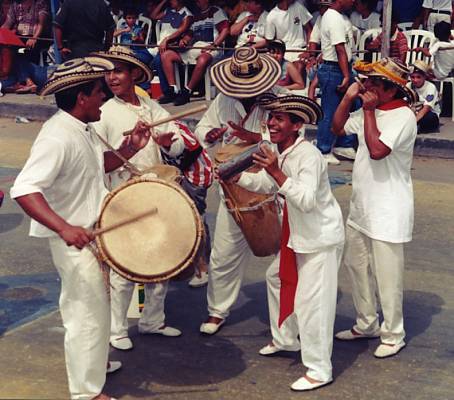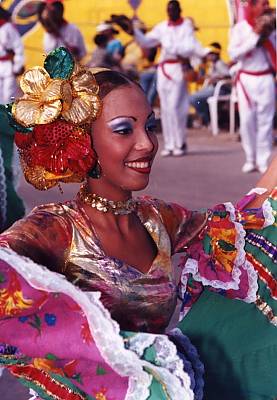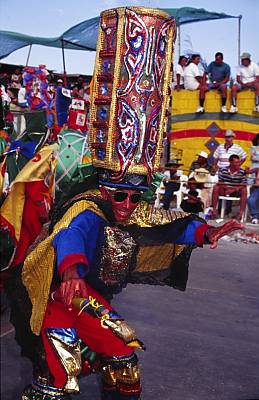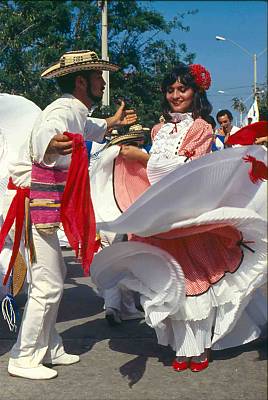Carnival of Barranquilla
Inscribed in 2008 (3.COM) on the Representative List of the Intangible Cultural Heritage of Humanity (originally proclaimed in 2003)
Every year during the four days before Lent, the Carnival de Barranquilla offers a repertory of dances and musical expressions originating from different Colombian sub-cultures. Because of its geographical location situated on the Caribbean coast and the commercial development during the colonial period, the city of Barranquilla became one of the country’s busiest trading centres and a place where European, African, and indigenous peoples and cultures converged.
The blending of various local traditions permeates numerous aspects of the carnival, particularly dances (as exemplified by the mico y micas from the Americas, the African congo and the paloteo of Spanish origin), musical genres (the predominant cumbia and variants such as the puya and porro) and folk instruments (tambora and allegre drums, maraca, claves, etc.). Carnival music is generally performed by drum ensembles or by groups playing a variety of wind instruments. The profuse material culture of handcrafted objects includes floats, costumes, head ornaments and animal masks. Groups of masqueraded dancers, actors, singers and instrumentalists delight crowds with theatrical and musical performances based on historical as well as current events. Contemporary political life and figures are satirized through mocking speeches and song lyrics that lend a burlesque atmosphere to the carnival.
With its growing success in the twentieth century, Barranquilla’s carnival took on the trappings of a professional event, receiving wide media coverage. This development generates economic benefits for many low-income families, but the growing commercialisation may at the same time constitute a threat to the many traditional expressions.









